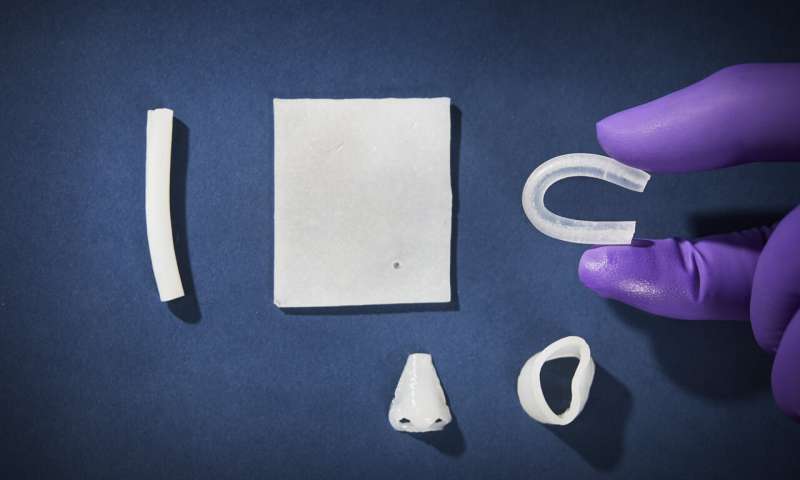Partly in response to this licensing mess, and HEVC’s high per-device cost, the Alliance for Open Media was formed in September 2015:
Seven leading Internet companies today announced formation of the Alliance for Open Media — an open-source project that will develop next-generation media formats, codecs and technologies in the public interest. The Alliance’s founding members are Amazon, Cisco, Google, Intel Corporation, Microsoft, Mozilla and Netflix.
In contrast to the proprietary and expensive H.265, the new video standard, called AOMedia Video 1 (AV1), is open source and royalty-free. Those features, and the backing of many of the top Internet companies, would seem to make it an obvious choice for manufacturers to build into their devices, leading to better-quality video streaming for end users at no extra cost.
Life is never that simple. Back in March last year, Sisvel announced a “patent licensing program” for AV1. Sisvel is an Italian company that began as a manufacturer of white goods, particularly refrigerators, and has morphed into a group that “identifies, evaluates and maximizes the value of IP assets for its partners around the world”. The AOMedia group wrote in response:
AOMedia is aware of the recent third-party announcement attempting to launch a joint patent licensing program for AV1. AOMedia was founded to leave behind the very environment that the announcement endorses — one whose high patent royalty requirements and licensing uncertainty limit the potential of free and open online video technology. By settling patent licensing terms up front with the royalty-free AOMedia Patent License 1.0, AOMedia is confident that AV1 overcomes these challenges to help usher in the next generation of video-oriented experiences.
But refrigerator companies don’t give up that easily. Sisvel has just announced that more companies have added patents to its pool. There are currently 1,050 patents that Sisvel says must be licensed, but in due course it expects that number will rise to around 2,000. The fact that people can claim that there are 2,000 separate patents involved in a video encoding format is an indication of how far the patenting madness has gone. The sheer number claimed for a single technology is an indication of how trivial most of them must be — and thus by definition undeserving of monopoly protection.
According to an article on c|net, Sisvel is “willing to pursue companies that don’t pay its AV1 licensing fees”. This probably means we are in for another few years of utterly pointless legal battles over who “owns” certain ideas. That’s bound to cast a chill over this whole area, and to negate some of the benefits that would otherwise flow from an open source, royalty-free video standard. Companies will waste money paying lawyers, and end users will miss out on exciting applications of the technology. And all “because patents”.

